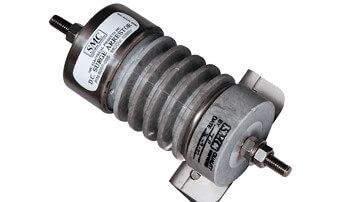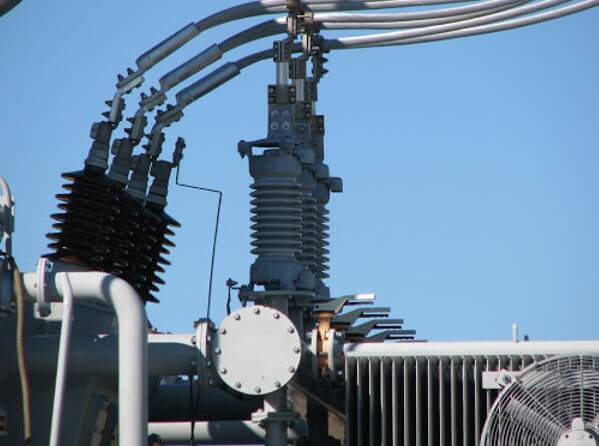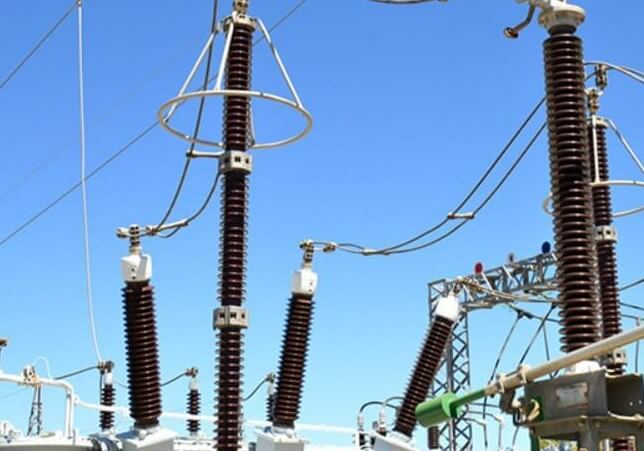
Surge arrestors are critical components in any electrical system, especially in DC (direct current) systems. They provide protection against voltage spikes and surges that can damage sensitive equipment, ensuring the safety and longevity of your system. Choosing the right surge arrestor for your DC system is crucial to preventing expensive repairs and downtime. With numerous options available, it can be overwhelming to make the right decision. In this article, we will explore how to choose the right surge arrestor for your DC system, providing the guidance necessary to protect your electrical assets effectively.
Understanding Surge Arrestors
Before diving into the specifics of selecting the right surge arrestor, it’s important to understand what surge arrestors are and how they work. Surge arrestors, also known as surge protectors or lightning arrestors, are devices designed to protect electrical circuits from transient voltage spikes, often caused by lightning, switching operations, or faults in the power supply.
A surge arrestor works by diverting excess voltage to the ground, thereby preventing it from reaching sensitive electrical components. They operate by using a non-linear resistor or varistor to clamp the voltage and provide a low-resistance path to the ground when a surge occurs.
Key Factors to Consider When Choosing the Right Surge Arrestor for Your DC System
Choosing the right surge arrestor is not a one-size-fits-all approach. Several factors need to be considered to ensure that the surge arrestor matches the specific requirements of your DC system. Below are the primary considerations:
1. Surge Arrestor Voltage Rating
One of the first factors to consider when choosing the right surge arrestor is its voltage rating. The surge arrestor’s voltage rating should be compatible with the operating voltage of your DC system. Selecting an arrestor with a voltage rating that is too high can result in inadequate protection, while one with a rating that is too low could lead to premature failure during a surge event.
To determine the appropriate voltage rating, ensure that the surge arrestor's maximum continuous operating voltage (MCOV) is slightly higher than the peak operating voltage of your DC system. For example, if your DC system operates at 48V, you might select a surge arrestor with a rating of 60V to ensure adequate protection without triggering unnecessary clamping.
2. Surge Capacity and Energy Absorption
The surge capacity refers to the maximum energy that a surge arrestor can safely absorb without failing. This is an important specification to consider because it indicates how well the arrestor can handle high-energy surges.
In DC systems, surge events can vary in magnitude depending on the nature of the electrical equipment and its exposure to external disturbances. When selecting the right surge arrestor, it is crucial to match the surge capacity with the level of protection needed for your system. Ensure that the surge arrestor has a high enough energy absorption rating to withstand potential surges without compromising its functionality.

GET IN TOUCH
In a hurry? Call us at 276-285-3841
3. Clamping Voltage
Clamping voltage refers to the level of voltage at which the surge arrestor starts to divert excess energy to the ground. The lower the clamping voltage, the faster the arrestor will respond to a surge. However, selecting a surge arrestor with an excessively low clamping voltage can cause unnecessary clamping during normal operation, which can lead to system inefficiencies and premature wear on the arrestor.
The right surge arrestor should have a clamping voltage that is above the operating voltage of your DC system but low enough to protect sensitive components from overvoltage events. Typically, the clamping voltage is chosen based on the threshold beyond which the equipment cannot tolerate voltage spikes without being damaged.
4. Response Time
Surge arrestors are designed to respond quickly to transient voltage events, but the speed of their response can vary depending on the design. A surge arrestor with a faster response time will activate more quickly during a surge, protecting your system more effectively.
In high-speed DC systems, such as those used in telecommunications or industrial applications, fast response time is essential. For such systems, ensure that the surge arrestor you choose has a sufficiently quick response time to provide protection during the most instantaneous surges.
5. Type of Surge Arrestor
There are different types of surge arrestors available on the market, each designed for specific applications. The most common types used in DC systems include:
- Metal Oxide Varistor (MOV): MOVs are commonly used for surge protection in DC systems due to their ability to clamp voltage quickly and absorb high amounts of energy.
- Gas Discharge Tubes (GDT): GDTs are often used for larger systems where higher surge protection is required. They provide excellent protection against lightning strikes and other high-energy transients.
- Transient Voltage Suppressors (TVS): TVS devices are ideal for systems requiring fast-response protection against smaller surges.
When choosing the right surge arrestor for your DC system, consider the nature of your system and the type of transients it is likely to encounter. For example, if your DC system is in an environment prone to lightning strikes, you might want to opt for a GDT, while a MOV might be more appropriate for systems experiencing lower levels of surge energy.
6. Environmental Conditions
The environment in which your DC system operates plays a significant role in determining the appropriate surge arrestor. Consider factors such as temperature, humidity, and exposure to corrosive elements. Surge arrestors are designed with different enclosures and protection levels to withstand harsh conditions, such as those found in outdoor, industrial, or marine environments.
For systems located in harsh environments, be sure to select a surge arrestor that is rated for those conditions. Some surge arrestors are housed in weatherproof enclosures to prevent damage from environmental factors like moisture, dust, and extreme temperatures.

GET IN TOUCH
In a hurry? Call us at 276-285-3841
7. Maintenance and Monitoring
While surge arrestors are designed to be durable, they are not immune to wear and tear. Over time, the protective components of the surge arrestor can degrade, especially if the system experiences frequent or high-intensity surge events. Choosing a surge arrestor that allows for easy monitoring and maintenance can help prolong its lifespan and ensure that it continues to provide protection effectively.
Some modern surge arrestors come with built-in diagnostic capabilities that allow you to monitor their condition and performance. These features can help you detect issues early and replace the arrestor before it fails completely.
Conclusion
Choosing the right surge arrestor for your DC system is an essential step in ensuring the safety and reliability of your electrical infrastructure. By considering factors such as voltage rating, surge capacity, clamping voltage, response time, and environmental conditions, you can select the surge arrestor that provides optimal protection for your specific system. Remember, surge arrestors are your first line of defense against transient voltage events, and selecting the right one can save you from costly repairs and downtime in the future.
At Swartz Engineering, we specialize in providing high-quality surge protection solutions for a wide range of applications. If you're unsure which surge arrestor is best for your DC system, our team of experts is here to assist you in making the right choice. Contact us today for more information about surge arrestors and other protective solutions for your electrical systems.
Products We Offer
Swartz Engineering strives to provide top-quality products to achieve our customer's needs. Our products include:
- Type 76 DC Relay
- Type 82 DC Relay
- Swartz Engineering’s Type 64 Ground Relay
- Type 32 Reverse Current Relay
- Type 150 DC
- CSM Shield Monitor
- Metal Oxide Surge Arrestors
- Transducers
- MVIS SL Slim-line Contactor
- Fully-tested Power Control Rooms
- Swartz Engineering’s Portable Substations
For nearly half a century, we have proudly led the industry in ensuring safety and efficiency. Swartz Engineering is a trusted family-owned company dedicated to providing top-notch power distribution solutions for the electrical industry. Contact us today!
